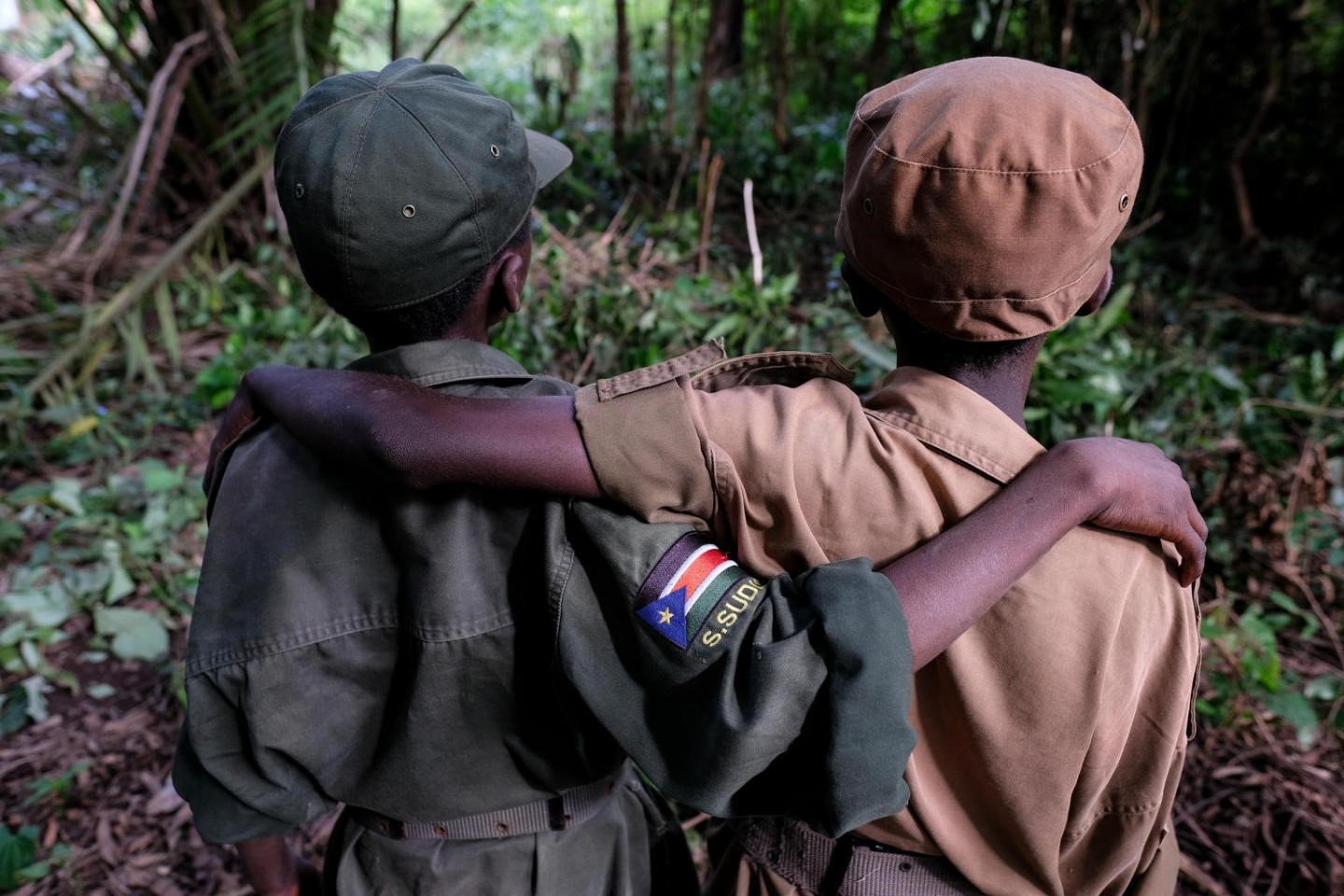
UNICEF/UN0202141/Rich
Thousands of children are recruited and used in armed conflicts across the world. Between 2005 and 2020, more than 93,000 children were verified as recruited and used by parties to conflict, although the actual number of cases is believed to be much higher.
Often referred to as “child soldiers,” these boys and girls suffer extensive forms of exploitation and abuse that are not fully captured by that term. Warring parties use children not only as fighters, but as scouts, cooks, porters, guards, messengers and more. Many, especially girls, are also subjected to gender-based violence.
Children become part of an armed force or group for various reasons. Some are abducted, threatened, coerced or manipulated by armed actors. Others are driven by poverty, compelled to generate income for their families. Still others associate themselves for survival or to protect their communities. No matter their involvement, the recruitment and use of children by armed forces is a grave violation of child rights and international humanitarian law.
While living among armed actors, children experience unconscionable forms of violence. They may be required to participate in harrowing training or initiation ceremonies, to undergo hazardous labour or to engage in combat – with great risk of death, chronic injury and disability. They may also witness, suffer or be forced to take part in torture and killings. Girls, especially, can be subjected to gender-based violence.
Warring parties also deprive children of nutrition and healthy living conditions, or subject them to substance abuse, with significant consequences for their physical and mental well-being.
These experiences take a heavy toll on children’s relationships with their families and communities.
Whether or not children are accepted back into society depends on various factors, including their reason for association with armed actors, and the perceptions of their families and communities. Some children who attempt to reintegrate are viewed with suspicion or outright rejected, while others may struggle to fit in. Psychological distress can make it difficult for children to process and verbalize their experiences, especially when they fear stigma or how people will react.
What’s more, families and communities may be coping with their own challenges and trauma from conflict, and have trouble understanding or accepting children who return home. Communities need support to care for their returning children – just as the thousands of boys and girls who exit armed forces each year need it to rebuild their futures.
